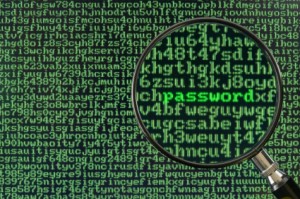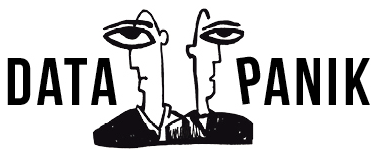 In NSA surveillance: A guide to staying secure geeft Bruce Schneier 5 tips om onze data te beschermen in dit NSA tijdperk. Het lijkt dat er op het internet momenteel geen ontsnappen is aan de ogen en oren van de Amerikaanse spionnen. Toch zijn er een aantal zaken die je kan doen om de NSA het leven op zijn minst wat lastiger te maken en tegelijk jouw eigen data zoveel als mogelijk af te schermen. De NSA mag dan alomtegenwoordig lijken, ze zijn niet almachtig. Tenzij wij er ons bij neerleggen en dat doen we dus níet.
In NSA surveillance: A guide to staying secure geeft Bruce Schneier 5 tips om onze data te beschermen in dit NSA tijdperk. Het lijkt dat er op het internet momenteel geen ontsnappen is aan de ogen en oren van de Amerikaanse spionnen. Toch zijn er een aantal zaken die je kan doen om de NSA het leven op zijn minst wat lastiger te maken en tegelijk jouw eigen data zoveel als mogelijk af te schermen. De NSA mag dan alomtegenwoordig lijken, ze zijn niet almachtig. Tenzij wij er ons bij neerleggen en dat doen we dus níet.
Zijn adviezen zijn wel niet bedoeld voor de doorsnee internetgebruiker en ze zijn evenmin handig voor de dagdagelijkse communicatie. Daarvoor zijn ze iets te omslachtig en te lastig om altijd en overal vol te houden. Maar dat hoeft ook niet. De tips zijn vooral interessant voor wie gevoelige informatie niet aan de grote klok wil hangen en voor wie wil communiceren zonder afgeluisterd te worden. Wie dat wil, kan zeker zijn of haar voordeel doen met de volgende vijf tips.
1) Hide in the network. Implement hidden services. Use Tor to anonymize yourself. Yes, the NSA targets Tor users, but it’s work for them. The less obvious you are, the safer you are.
2) Encrypt your communications. Use TLS. Use IPsec. Again, while it’s true that the NSA targets encrypted connections – and it may have explicit exploits against these protocols – you’re much better protected than if you communicate in the clear.
3) Assume that while your computer can be compromised, it would take work and risk on the part of the NSA – so it probably isn’t. If you have something really important, use an air gap. Since I started working with the Snowden documents, I bought a new computer that has never been connected to the internet. If I want to transfer a file, I encrypt the file on the secure computer and walk it over to my internet computer, using a USB stick. To decrypt something, I reverse the process. This might not be bulletproof, but it’s pretty good.
4) Be suspicious of commercial encryption software, especially from large vendors. My guess is that most encryption products from large US companies have NSA-friendly back doors, and many foreign ones probably do as well. It’s prudent to assume that foreign products also have foreign-installed backdoors. Closed-source software is easier for the NSA to backdoor than open-source software. Systems relying on master secrets are vulnerable to the NSA, through either legal or more clandestine means.
5) Try to use public-domain encryption that has to be compatible with other implementations. For example, it’s harder for the NSA to backdoor TLS than BitLocker, because any vendor’s TLS has to be compatible with every other vendor’s TLS, while BitLocker only has to be compatible with itself, giving the NSA a lot more freedom to make changes. And because BitLocker is proprietary, it’s far less likely those changes will be discovered. Prefer symmetric cryptography over public-key cryptography. Prefer conventional discrete-log-based systems over elliptic-curve systems; the latter have constants that the NSA influences when they can.
The NSA has turned the fabric of the internet into a vast surveillance platform, but they are not magical. They’re limited by the same economic realities as the rest of us, and our best defense is to make surveillance of us as expensive as possible.

